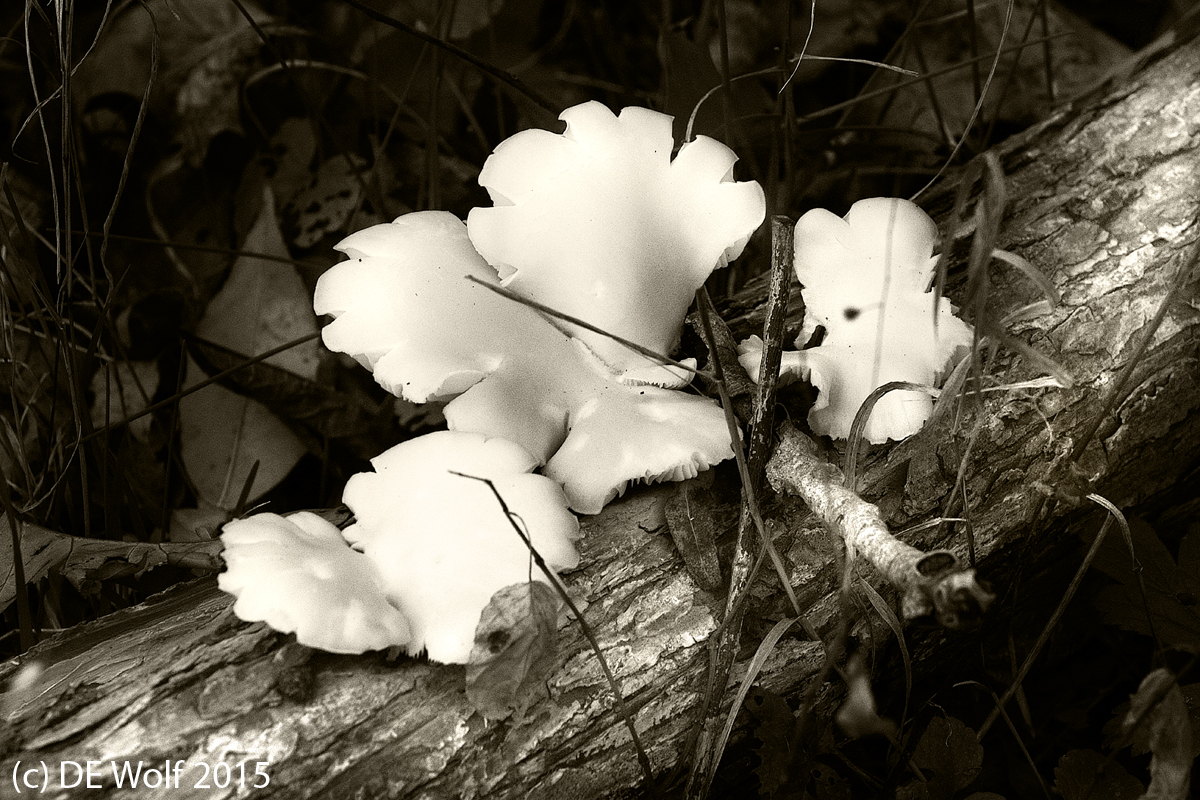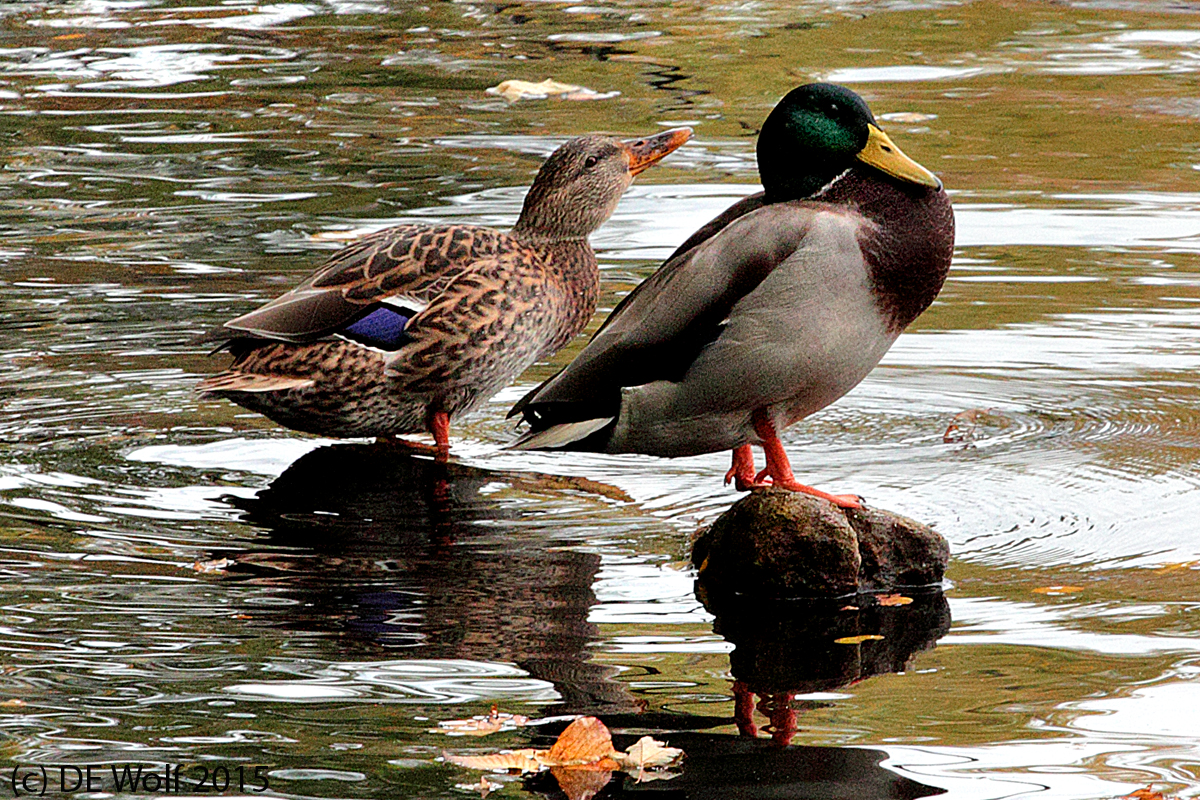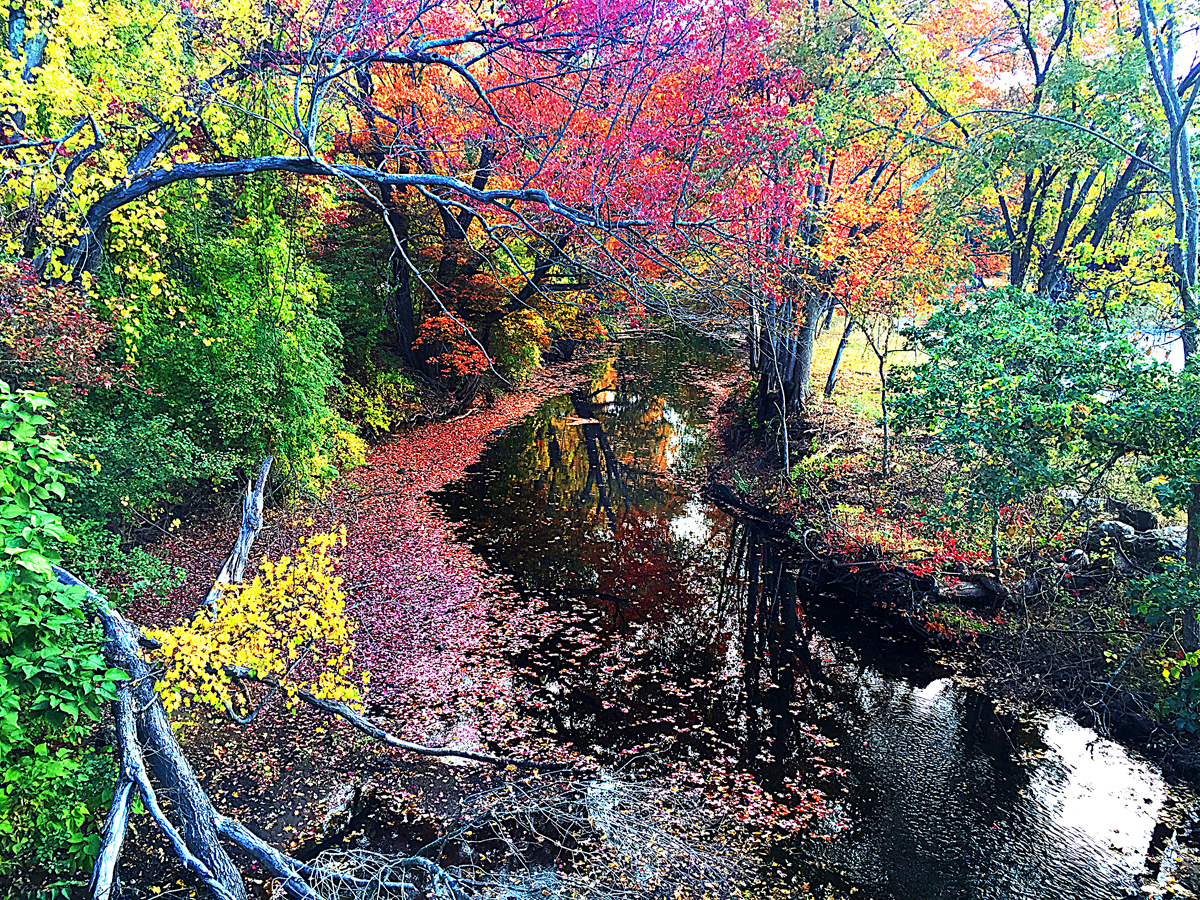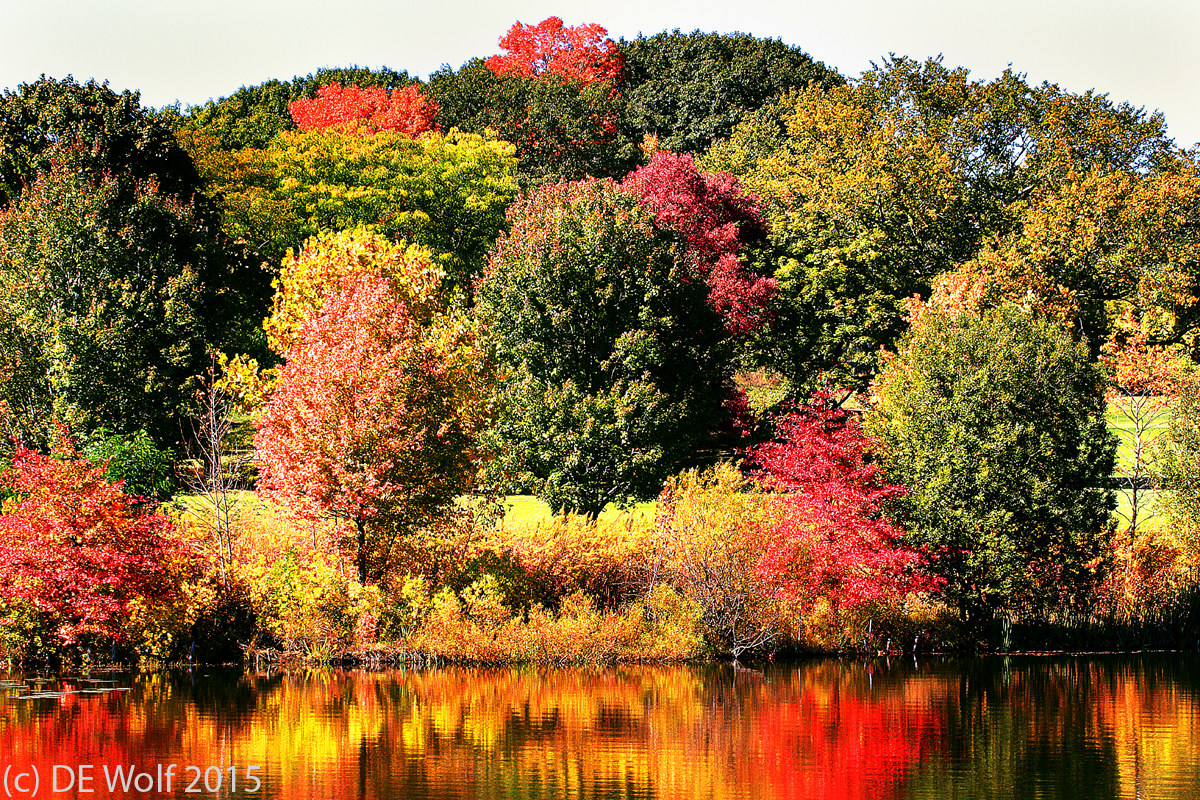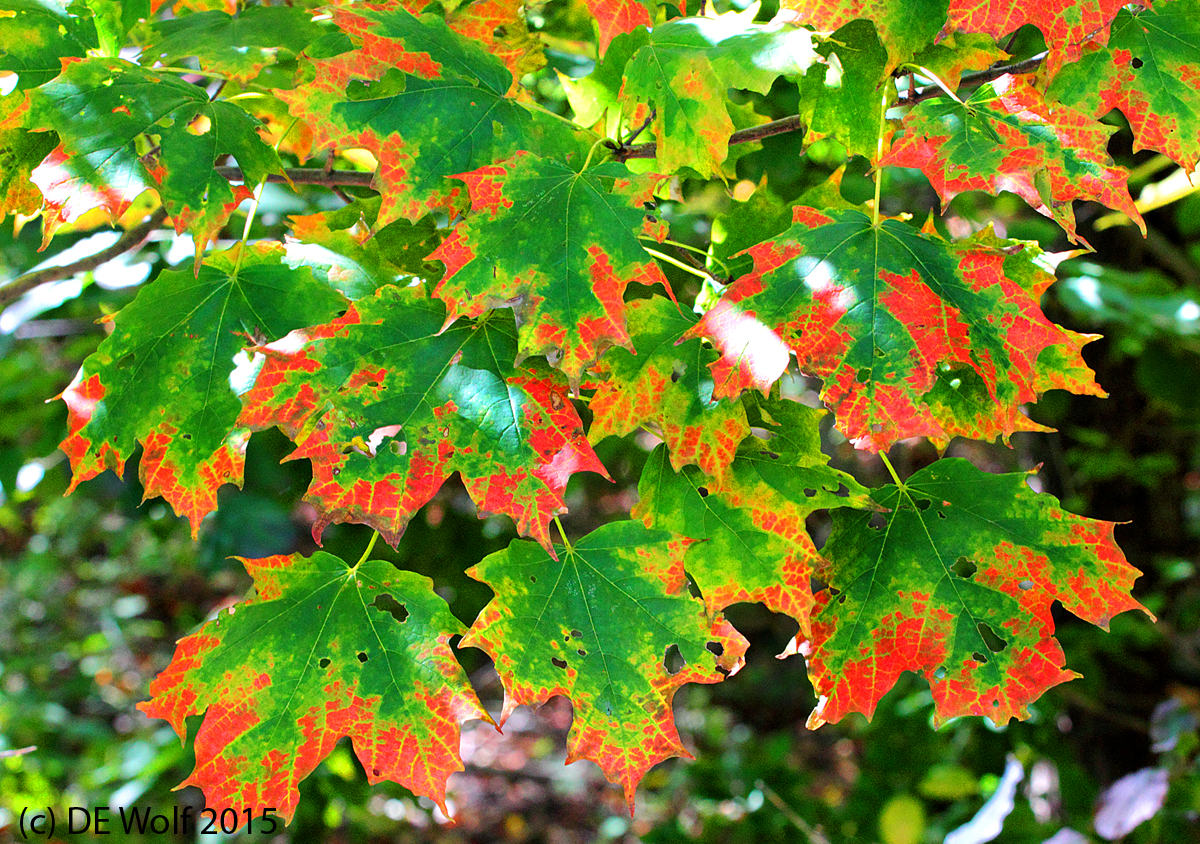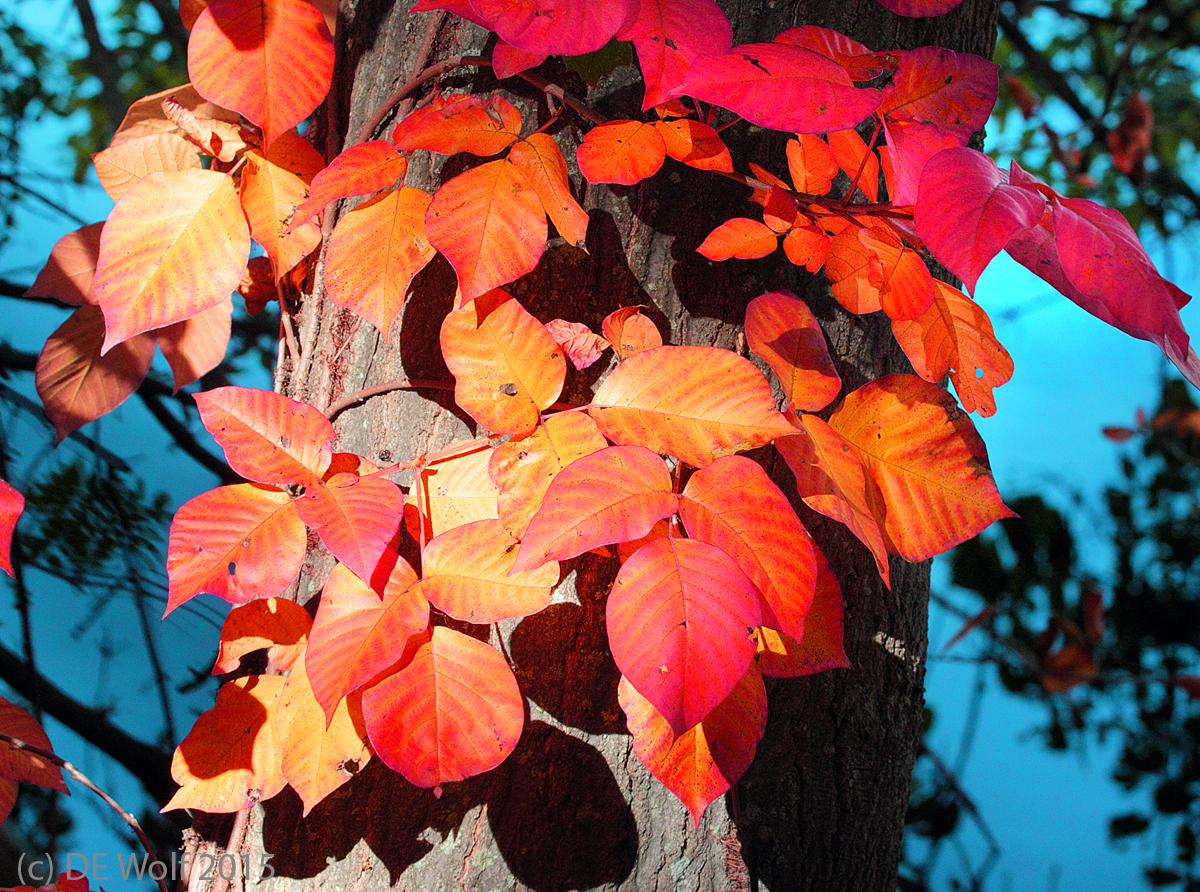I think it highly significant that today is the fortieth anniversary of the day (October 24, 1975), when the women of Iceland staged a massive twenty-four hour strike called “Women’s Day Off, to demonstrate pay inequities (wait that sounds familiar) and to prove just how essential they were for the economy of the country. Only five years later Vigdís Finnbogadóttir became Iceland’s and Europe’s first female president. According to Vigdis that day was the first step for women’s emancipation in Iceland: “It completely paralyzed the country and opened the eyes of many men.”
It is believed that 90 % of Icelandic women participated in the strike. Many just left their homes early in the morning leaving their husbands and children to fend for themselves. The tales of quiet desperation are profound. Banks, factories, schools, nurseries, and many shops were forced to close. For the men of Iceland it was a baptism of fire, which led to the other name that the day goes by “the Long Friday.” There are some wonderful black and white news photographs in the Iceland’s Women’s History Archive of that day, including this one showing the 25,000 women (~20% of Icelands 1975 female population) gathered in solidarity in Reykjavik on that day.
As is always the key point with such events, they highlight two significant points: first, is how much remains to be accomplished, and second is the size of the shoulders upon which we stand.

